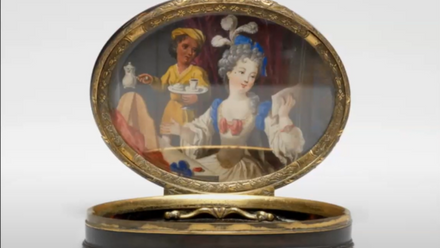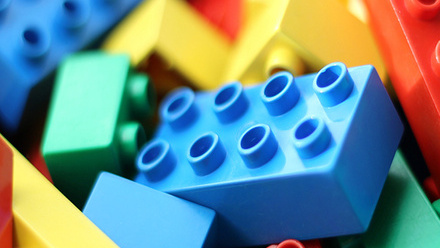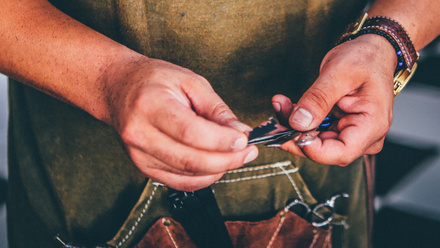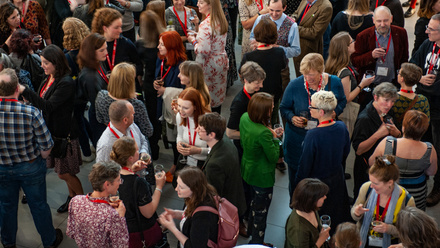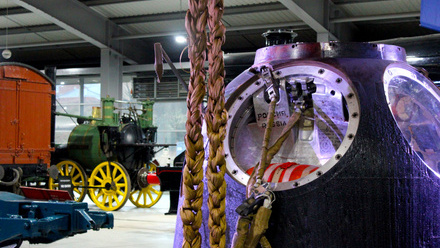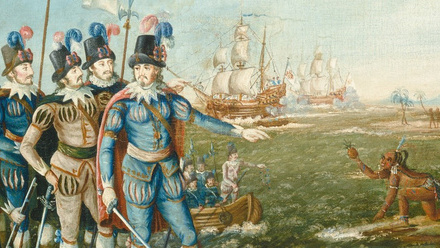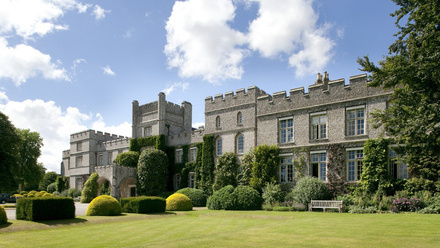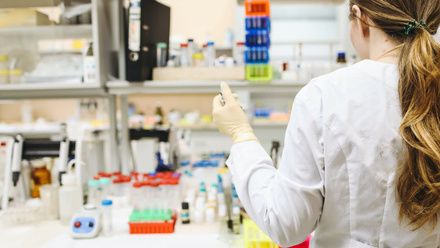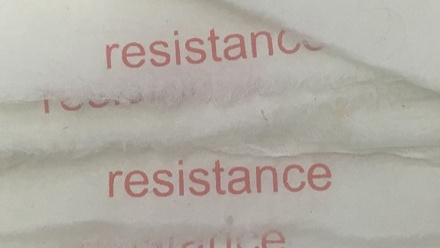Over the last 18 months a Diversity & Inclusion Task and Finish Group has looked at diversity issues within Icon and the wider field of conservation to recommend actions which will help to address imbalances within our profession.
Being inclusive is one of Icon’s core values. We value diversity and aim to ensure that opportunities are open to all those who want to care for our heritage. In 2018, Icon hosted a townhall debate with The C-Word podcast on improving diversity in conservation, examining the range of potential barriers to access, from salaries to perceptions of the profession.
Icon defines diversity as characteristics which connect and separate individuals and groups. Inclusion is working without discrimination to ensure our behaviour and actions are equitable.
The characteristics we refer to when we talk about diversity include those where direct or indirect discrimination is illegal. These are called protected characteristics: age; religion and belief; race; disability; sex; sexual orientation; pregnancy and maternity; marriage and civil partnership; gender reassignment.
Based on the evidence we collected from members our proposed definition for Icon also includes: socioeconomic background and status; ethnicity; regional and local identities (including accents); and the wider LGBT+ community (which is defined as anyone who self identifies as being part of the wider LGBT+ community including for example non-binary, pansexual, polyamorous, intersex).
While we have taken some modest steps to better understand the lack of diversity, this is clearly not enough. Icon’s evidence shows that we are still far from being diverse: our latest membership survey saw more than 88% of respondents identify as white. Only 6% gave an alternate ethnic group designation, representing less than a percentage increase since our 2015 survey. Icon member Ashleigh Brown recently wrote about her experience of being black in the heritage sector, highlighting the challenges minorities face in conservation.
A lack of diversity and inclusion in conservation can have significant and harmful repercussions. Without diverse perspectives, diverse lived experiences, and diverse cultural knowledge it is reasonable to conclude that we cannot expect the heritage we preserve to be neutral, equitable, inclusive or fair.
Diversity, Inclusion and Belonging resources
To make a positive change we need to develop ideas and actions for how we might support diversity and inclusion in all aspects of our professional lives - from the items that we select for treatment, to the objects we talk about in research publications, to the people we hire or encourage into the workforce. Only then can we be sure that the messages we promote and the decisions we make reflect the totality of our society and do justice to the contributions of diverse groups to our shared heritage.

